Located in central Italy, between the Apennine Mountains and the Adriatic Sea, Abruzzo is one of Italy’s most under-the-radar regions. A third of it is made up of national parks, making it a paradise for nature lovers, hikers, and skiers. Though you won’t find major monuments like the Colosseum, you’ll find impeccably preserved Medieval villages that receive a fraction of the tourists that flock to Tuscany’s hill towns. So if you want to escape the crowds and are interested in slow tourism, Abruzzo might just be the perfect place for you.
“When it comes to travel destinations, Abruzzo really does have something for everyone. The adventure traveler will revel in the national parks. The nature lover in the lakes, mountains, and walking trails. Beach goers have the Adriatic to play with. And foodies will rejoice with outstanding quality produce and restaurants,” says author Maria Pasquale, who has family roots in Abruzzo and returns there every year.
I’ve been to Abruzzo a couple of times, so I’m certainly no expert, but I found some wonderful places to visit on and around the Trabocchi Coast, which is famous for its rustic wooden fishing huts called trabocchi (the singular is trabocco). Many of them have been converted into restaurants that are very popular in the summer. I’ve also been to Medieval villages like Guardiagrele and Lanciano and spent a night in a little cabin in Majella National Park.
To be honest, I didn’t fall in love with Abruzzo on my first visit. The mountainous terrain seemed harsher than the gently rolling hills of Tuscany and Umbria. And in terms of hospitality and accommodations, Abruzzo has a long way to go before it catches up with those regions.
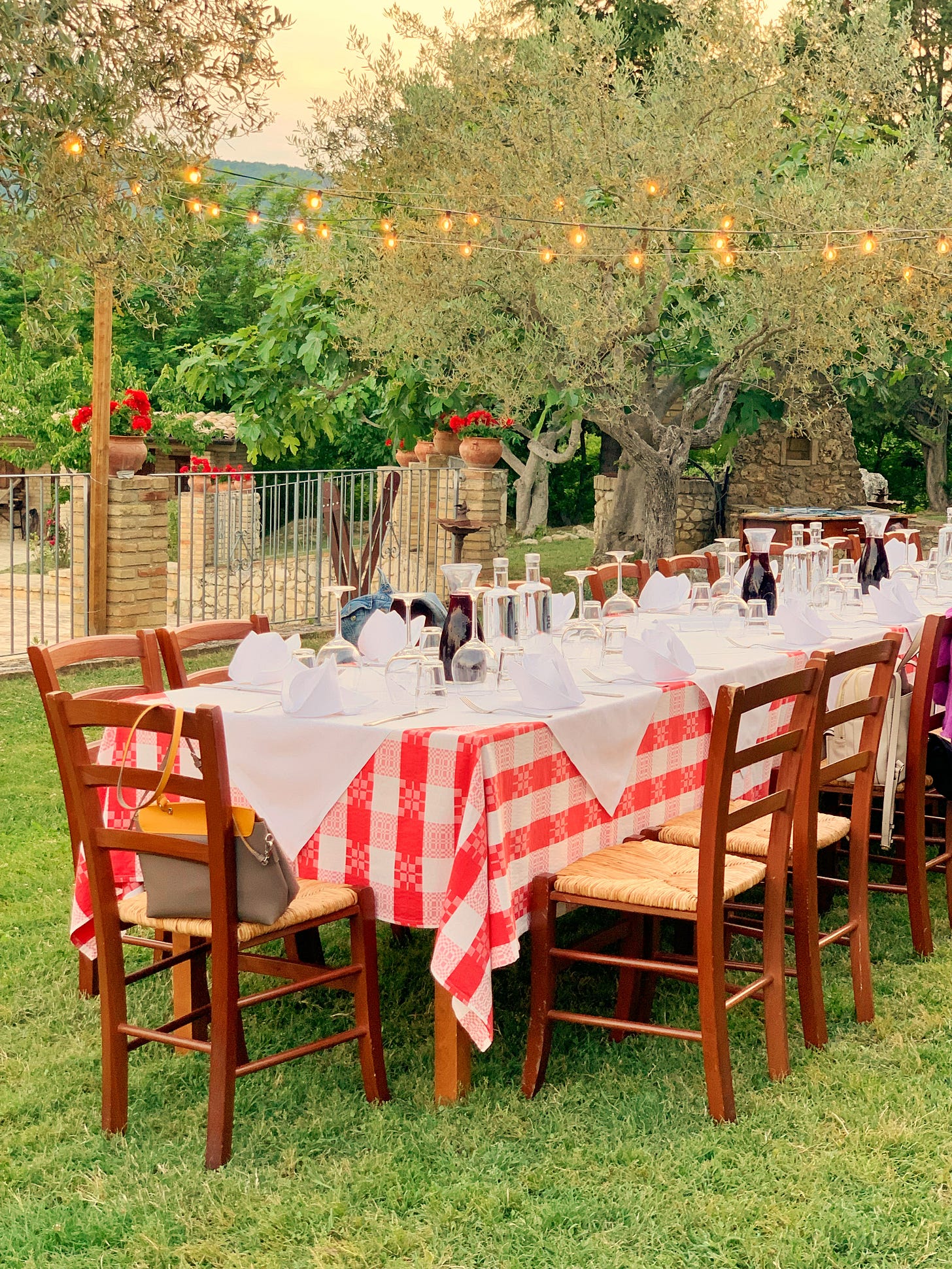
But if you don’t care about staying in a fancy hotel and want to experience slow tourism in an authentic part of Italy, Abruzzo should be on your list. No matter where you go, you’re sure to find delicious food and wine—often for a fraction of the price you’d pay in more developed regions like Tuscany. You might just need to brush up on your Italian skills.
Historically, Abruzzo was conquered by the Roman Empire, but the region’s indigenous inhabitants kept their own character. During the early Middle Ages, it was controlled by the Duchy of Spoleto (in neighboring Umbria), then came under Bourbon rule as part of the Kingdom of Naples. Italy’s Reunification in 1860 saw Abruzzo and Molise join the Kingdom of Italy as a united region, but they separated in 1965.
Abruzzo’s rugged mountainous terrain has long kept the region relatively isolated. Even today, there’s no high-speed Frecciarossa train from Rome to Abruzzo, though there are Frecciarossa trains to Pescara from other cities on Italy’s Adriatic side, like Bologna, Bari, and Lecce. If you want to travel around the region, though, it’s best to rent a car.
Avid hikers should plan to visit national parks like Majella National Park and Gran Sasso. You can even go camping or glamping in Majella National Park at Dimore Montane, an ecolodge with glamping tents and wooden cabins in addition to rooms.
About an hour away is Guardiagrele, designated one of the Borghi più belli d’Italia (most beautiful villages in Italy). It’s known as a center for artisans, especially forgers who work with cast iron and jewelers who create delicate filigree pieces. Today you can still see the workshops of forgers (and maybe watch a demo) and shop for beautiful filigree jewelry. The town is also known for a pastry called sise delle monache (i.e. nun’s tits), which consist of three dome-shaped sponge cakes filled with cream.
Continuing toward the coast, about half an hour east of Guardiagrele is the town of Lanciano, which dates back to the Roman Empire. During my trip to Abruzzo last summer, I had dinner at Abruzzo Gourmet, a lovely little restaurant with tables right on the main piazza.
About half an hour south of Lanciano is Roccascalegna, which is home to a Medieval castle. Be sure to wear comfortable shoes if you want to hike up to the castle. It was abandoned for nearly three centuries, but was restored in the 1990s. I joined a guided tour of the castle and saw Medieval torture equipment, knight’s armor, old sewing machines, and other artifacts.
If you go, stop for a craft beer at Delphin, a micro-brewery on the street that leads to the castle and then head over to La Locanda del Corvo for local specialties like pallotte cacio e ova (vegetarian meatballs made with stale bread and pecorino cheese served in tomato sauce) and spaghetti alla chitarra. Another Abruzzese specialty to try is arrosticini, skewers of grilled meat (typically mutton or lamb). Pair it with a nice Montepulciano d’Abruzzo or Cerasuolo d’Abruzzo, one of the only wines in Italy that has always been made as rosé.
My favorite spot, though, was the Trabocchi Coast, which is also Maria’s top pick. Unfortunately, I wasn’t able to eat at one of the trabocchi, but I had a fun aperi-cena at Al Murè, a new bar/lounge on a wooden platform overlooking the sea in San Vito Chietino. The food is decidedly more international than traditional—you’ll find street food-style items like bao buns filled with octopus, seafood tacos, and mini pizzas.
Al Murè is right on the Via Verde, a new bike path that stretches 42 kilometers along old railroad tracks on the coast and is spurring development in the area. After having my fill of Aperol Spritzes and small plates, I had a gelato at Pasticceria Rossana Iezzi, which has several different pistachio variations. It was clearly a local favorite, with people lining up for gelato after dinner.
The beach in San Vito Chietino is a pebble beach, but there are long stretches of sandy beaches in neighboring Ortona. I spent a few hours at the Lido Eldorado, a beach club popular with families because of its calm, shallow waters. It’s a totally different experience than a summer day on the Mediterranean beaches I typically frequent.
On a future trip, I would like to stay at Sextantio Albergo Diffuso, one of Italy’s scattered hotels, which gave new life to a cluster of abandoned buildings in the town of Santo Stefano Sessanio, and have a meal at Reale, famed chef Niko Romito’s three-Michelin-starred restaurant in Castel di Sangro in addition to dining at a trabocco. I definitely have a lot more places to explore in Abruzzo.
Further Reading
I went to Abruzzo last summer on assignment for Italy Magazine. Premium subscribers can read my guide to 48 Hours in Provincia di Chieti.
I also wrote about where to stop along the Via Verde for the Abruzzo-themed edition of Bellissimo, Italy Magazine’s quarterly e-magazine for premium subscribers. You can buy a copy of the issue here or upgrade for access to it and all the other issues of Bellissimo.
Guardiagrele is featured in my recent piece for AFAR about 12 Small Towns in Italy That Look Like Storybook Villages.
Be sure to check out Maria Pasquale’s article about 10 Reasons to Visit Abruzzo for CNN and read my interview with her here.
You can see all the New Roman Times’ coverage of under-the-radar destinations here.





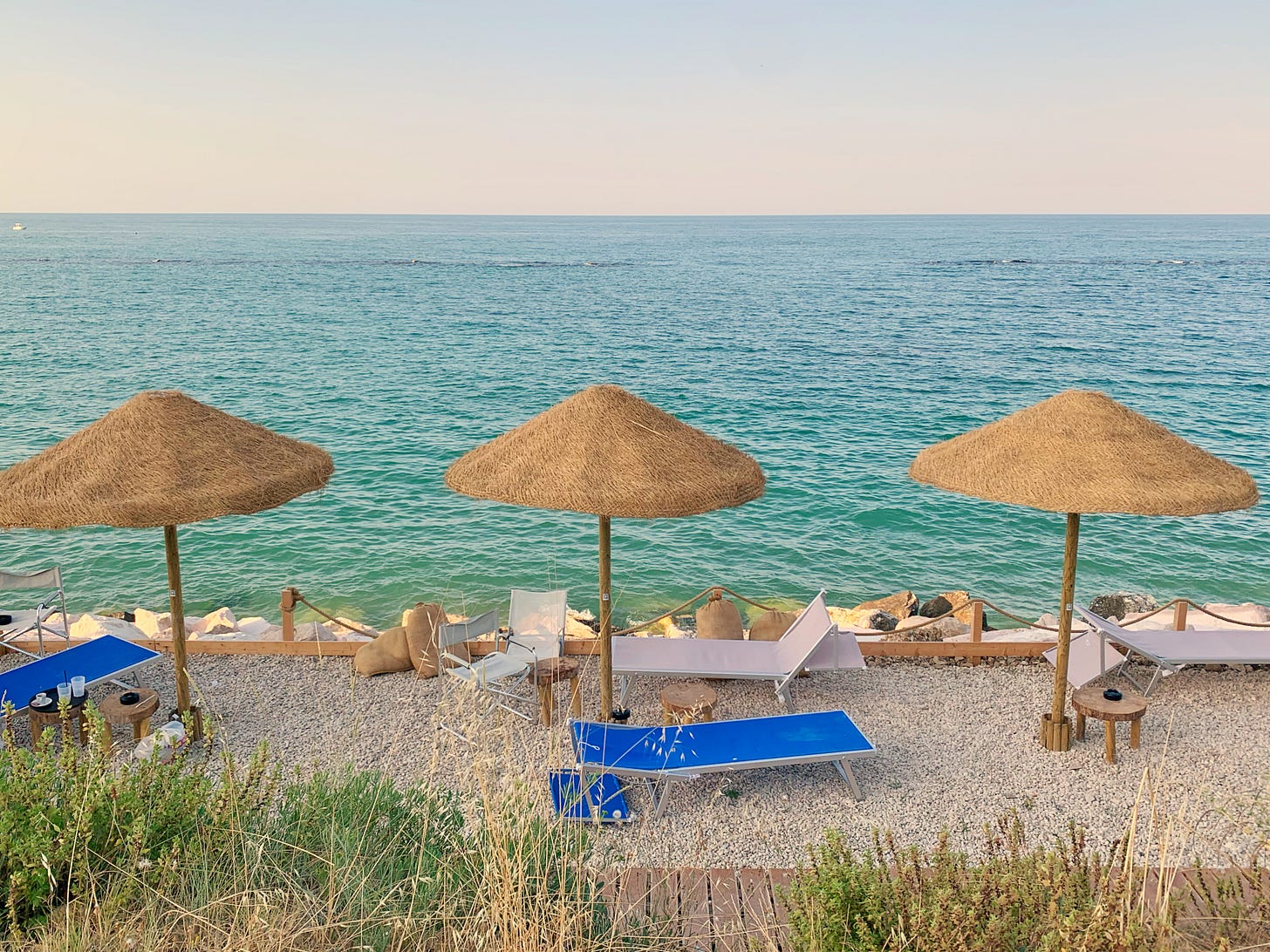

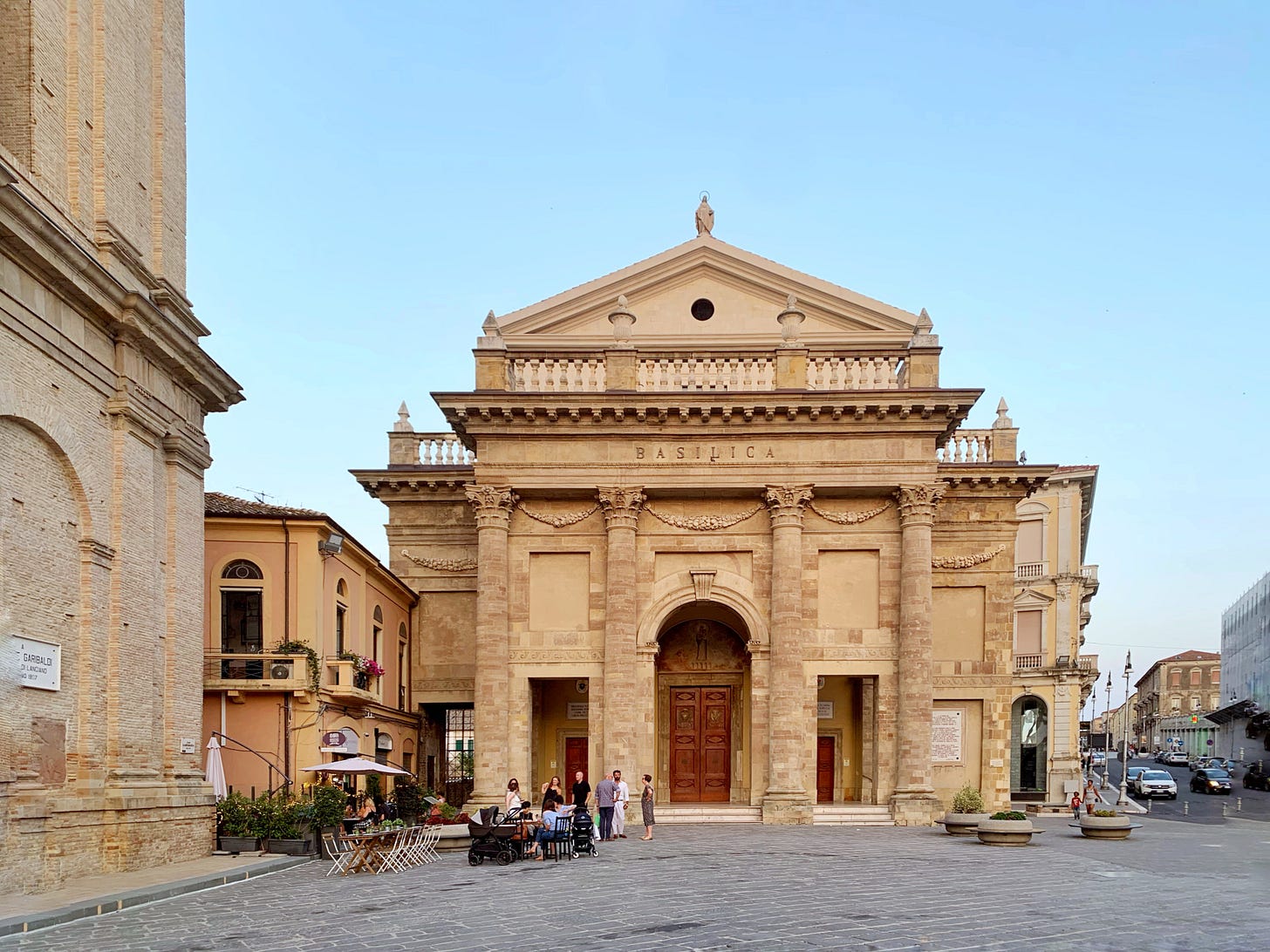
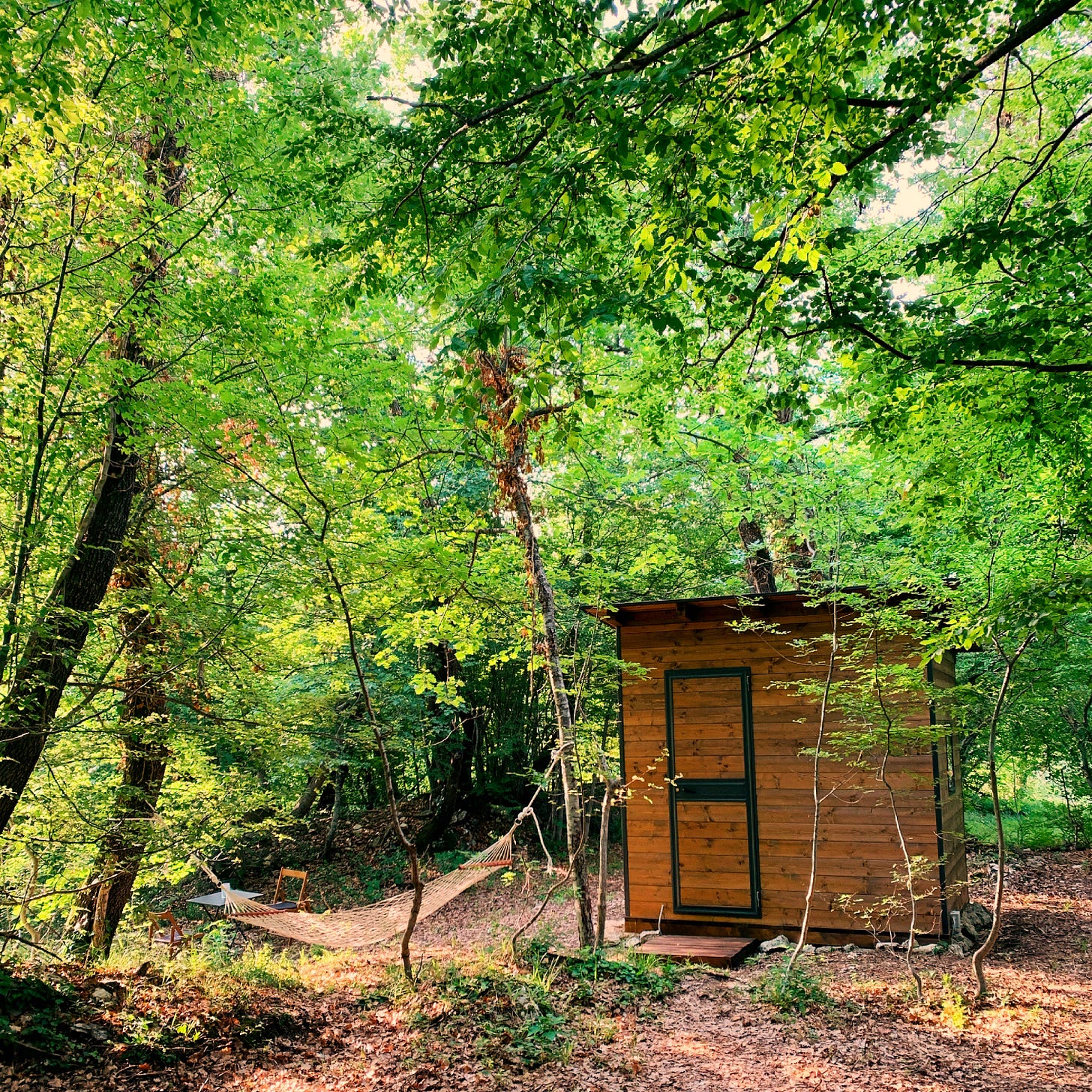
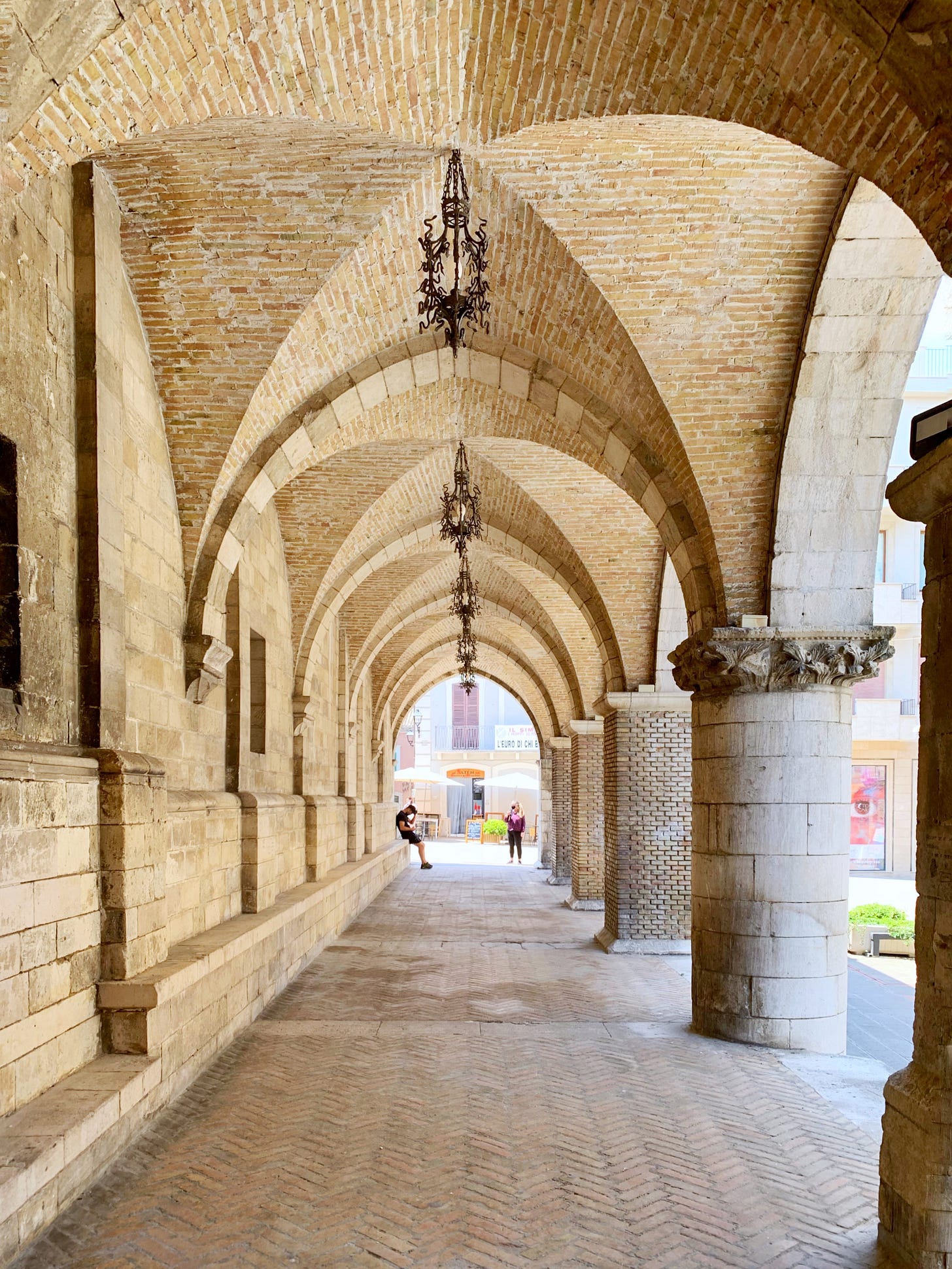
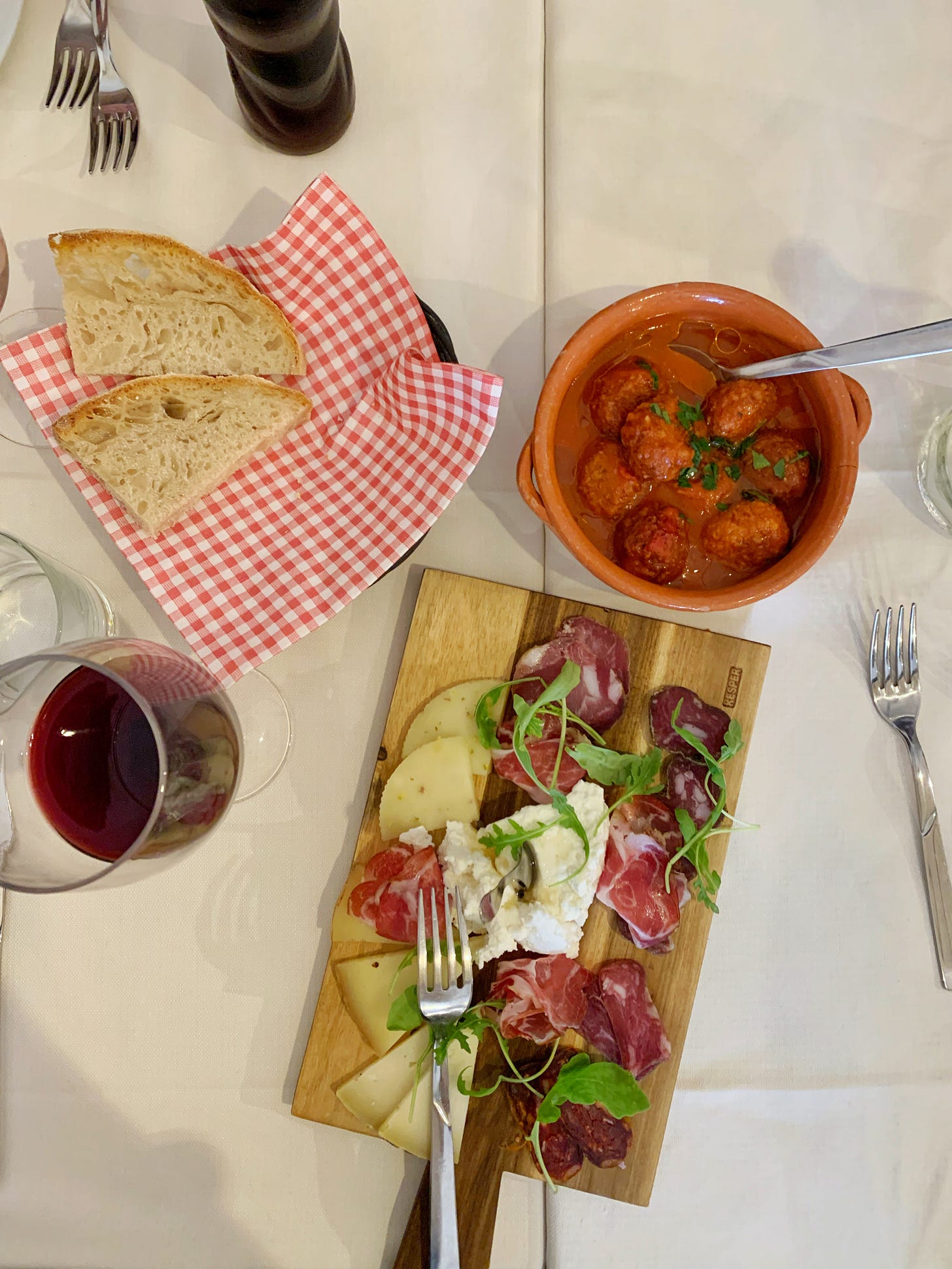

Love the term “slow tourism.” I own ia couple of small shops in a small state and it is cute as a button and know one ones it exists except anyone doing state capitals and national parks. We have zero as in no tourism department in our city government and main attractions are closed on Sunday. Thanks for such interesting article.
Been thinking about visiting Italy for so long. The post is giving me major FOMO so I'll definitely try incorporate Abruzzo in the itinerary!